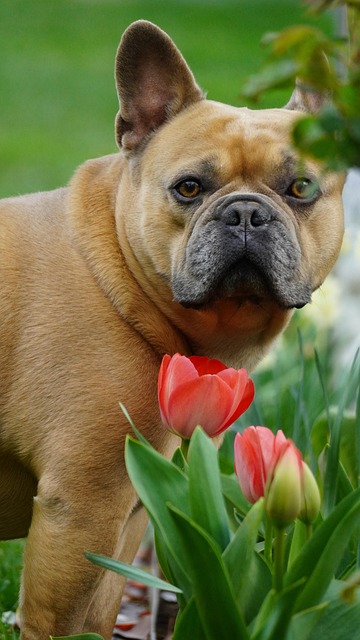Creating a wildlife-friendly backyard through permaculture design involves mirroring nature's patterns with strategic planting, water features, and structural elements. Assessing your yard's current state helps identify areas for improvement, focusing on sun/shade dynamics and water sources. Using native plant species, compost piles, and vermicomposting enriches the soil and reduces maintenance while boosting ecological health and biodiversity. Strategic layout fosters interconnected systems that sustain local wildlife, enhancing both ecosystem health and backyard beauty through permaculture design principles.
Create a thriving wildlife sanctuary in your own backyard! This guide explores the art of designing eco-friendly habitats that support local ecosystems. By incorporating permaculture principles, you can transform your outdoor space into a vibrant oasis. We’ll walk you through assessing your yard, selecting plants for maximum impact, and attracting diverse species from birds to bees. Embrace nature’s beauty and discover how permaculture design fosters a balanced, harmonious environment right at home.
Understanding Permaculture Design for Wildlife Habitat Creation
Creating a wildlife-friendly habitat in your backyard starts with understanding permaculture design principles. Permaculture isn’t just about growing food; it’s an ethical approach to designing sustainable systems that mimic nature’s patterns. By applying permaculture design, you can create diverse microclimates and habitats that support a wide range of plant and animal life. This involves thoughtful placement of plants, water features, and structural elements like patios and raised beds.
Permaculture emphasizes functional and interconnected systems where each element serves multiple purposes. For instance, planting native species attracts local wildlife and provides food sources while also reducing maintenance needs. Incorporating compost piles and vermicomposting systems not only enriches the soil but also creates a sustainable cycle of waste management. These practices contribute to a vibrant, resilient ecosystem right in your own backyard, offering both ecological benefits and enhanced beauty.
Assessing Your Backyard Space: Identifying Opportunities
Assessing your backyard space is the first step in creating a wildlife-friendly haven. Start by observing and taking inventory of what already exists—trees, shrubs, flowers, and even existing wildlife like birds, butterflies, or squirrels. This initial evaluation will help you identify areas ripe for improvement and opportunities to incorporate permaculture design principles.
For instance, look for sunny spots that can accommodate native wildflowers, shady areas where trees or shrubs can provide shelter, and spaces for creating small water features like birdbaths or ponds. By thoughtfully integrating these elements, you can attract a diverse array of wildlife and foster a balanced ecosystem right in your backyard.
Plant Selection and Garden Layout for Maximum Impact
When designing a wildlife-friendly habitat in your backyard, plant selection and garden layout are crucial aspects to maximize impact. Incorporating native plants is a game-changer; they provide food and shelter for local species, fostering a thriving ecosystem right in your own yard. Choose a variety of plants that cater to different stages of growth and habitats, mimicking natural environments. For instance, include tall trees for birds’ nests, shrubs for small creatures’ hiding spots, and ground covers that offer foraging opportunities.
Permaculture design principles can guide your layout. Arrange plants in a way that supports their interdependence—some provide shade, others fix nitrogen, and still, more attract pollinators. Consider creating specific areas like a forest garden or a water-efficient landscape. This not only enhances biodiversity but also makes your garden low maintenance. Remember, the more diverse and interconnected the plants are, the better they can support and sustain local wildlife.
Attracting Wildlife: From Birds to Bees and Beyond
Attracting a diverse range of wildlife to your backyard is an excellent way to enhance ecosystem health and beauty, especially when incorporating permaculture design principles. Birds, bees, butterflies, and even small mammals play crucial roles in maintaining a balanced ecosystem. For example, birds help control insect populations while bees facilitate pollination, ensuring the growth of fruits and vegetables.
To encourage wildlife visitation, create diverse habitats through careful landscaping. This can include planting native species that provide food and shelter, installing water features like birdbaths or ponds, and adding structures such as nest boxes for birds or hiding spots for small animals. Permaculture design encourages the use of vertical space with plants that attract different species at various heights, ensuring a rich and varied wildlife community in your own backyard.
By integrating permaculture design principles, you can transform your backyard into a vibrant habitat that supports local wildlife. Assessing your space, selecting suitable plants, and attracting diverse species are key steps in creating a sustainable ecosystem right at home. This not only enhances biodiversity but also contributes to a healthier environment, ensuring a thriving tapestry of life in your very own backyard.
